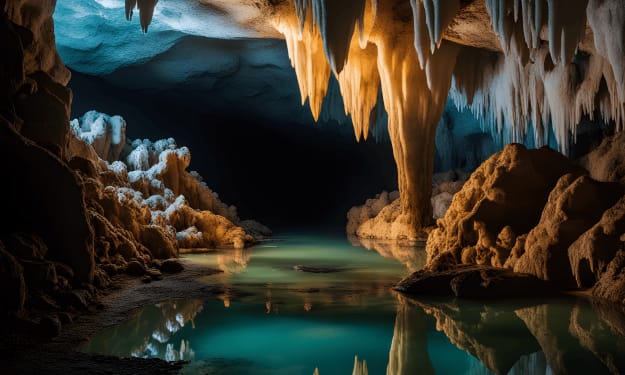NGC 6951: Exploring the Cosmic Marvel in Cepheus
A Close-up of Star Formation, Supernovae, and Black Holes in NGC 6951

In the vast tapestry of the universe, a celestial masterpiece known as NGC 6951, nestled within the Cepheus constellation, has recently been unveiled through the lens of NASA's Hubble Space Telescope. This galaxy, brimming with starry wonders, beckons astronomers with its captivating history, intriguing classifications, and a series of spectacular supernova events, offering us profound insights into the grand workings of our cosmos.
Picture a cosmic ballet where brilliant blue spiral arms elegantly twirl around a radiant white heart. This is NGC 6951, an intermediate spiral galaxy residing 78 million light-years away in the Cepheus constellation. First glimpsed by French astronomer Jerome Coggia in 1877 and independently discovered by American astronomer Lewis Swift in 1878, NGC 6951 has intrigued scientists with its stellar saga.
This cosmic thespian once reached its zenith in star formation approximately 800 million years ago, only to take a celestial siesta for 300 million years before resuming its celestial offspring production. Within NGC 6951, star clusters, those tightly bound groups of stars, come in various ages, spanning from 200 to 300 million years old to some ancient luminaries that have weathered a billion years. Pockets of turbulent gas, portrayed in dark red hues, envelop the bright blue beacons of star clusters, creating a mesmerizing celestial canvas.
Now, let's delve into the classifications and characteristics of NGC 6951. Astronomers often label it as a Type II Seyfert galaxy, a particular breed of active galaxies that shower us with copious amounts of infrared radiation while harboring sluggish gaseous matter near their cores. Some in the astronomical community go a step further, classifying NGC 6951 as a low-ionization nuclear emission-line region (LINER) galaxy, akin to a Type II Seyfert galaxy but boasting a cooler nucleus that emits faintly ionized or neutral atoms such as oxygen, nitrogen, and sulfur. As if that weren't fascinating enough, this cosmic wonder spans a sprawling 75,000 light-years, residing conveniently close to the northern celestial pole for our viewing pleasure in the northern hemisphere.
At the heart of NGC 6951 lies a behemoth: a supermassive black hole ensconced within a resplendent ring of stars, gas, and dust, stretching an impressive 3,700 light-years across. This "circumnuclear ring," a billion years in the making, has been a stellar nursery for most of its existence. Scientists theorize that interstellar gas gracefully flows through the galaxy's starry bar and into this circumnuclear ring, providing the essential building blocks for new stars. Remarkably, up to 40 percent of the ring's mass comprises recently born stars, less than 100 million years old. Spiraling tendrils of dust, reminiscent of dark orange ribbons, bridge the galaxy's core with its outer reaches, further contributing to the celestial cradle of future star births.
But that's not all—NGC 6951 has another awe-inspiring trick up its cosmic sleeve. Over the past quarter-century, astronomers have documented as many as six supernova explosions within this galaxy. These stellar fireworks continue to dazzle scientists, who tirelessly study NGC 6951 to glean insights into the enigmatic environments that give birth to these celestial explosions. The emissions from these supernovae serve as celestial clues, unraveling the secrets of their progenitor stars: their age, luminosity, and position within this galactic tapestry.
This captivating image, synthesized from data gathered by Hubble's Wide Field Camera 3 (WFC3) and Advanced Camera for Surveys (ACS), showcases NGC 6951 in both visible and infrared light. It's a window into the cosmos that beckons us to explore its intricate details and to contemplate the profound mysteries of the universe.
In the grand cosmic drama, NGC 6951 stands as a stellar performer, captivating astronomers and stargazers alike with its rich history, celestial classifications, and star-studded repertoire of supernovae. As we peer into the depths of the universe through Hubble's lens, we are reminded of the enduring wonders that continue to unfold in the celestial theater of space.
About the Creator
Brad Wright
Hey there! I'm Brad Wright a passionate blogger and marketing enthusiast with a mission to share valuable insights, tips, and strategies with the world.






Comments
There are no comments for this story
Be the first to respond and start the conversation.